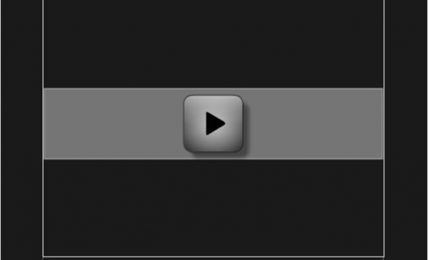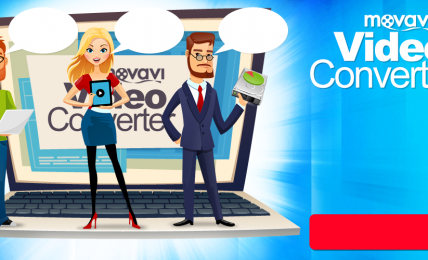 There are various enterprise applications that range from simple online stores to complex resource planning systems. Irrespective of the type of enterprise application, it comes with a unique business architecture that describes software structure in use across the corporation. The entire enterprise system is split into subsystems that are associated with each other on the basis of relationship between them. Moreover, the associations and the relationships with the external environment, terminologies, and users are also described as a part of enterprise application architecture.
There are various enterprise applications that range from simple online stores to complex resource planning systems. Irrespective of the type of enterprise application, it comes with a unique business architecture that describes software structure in use across the corporation. The entire enterprise system is split into subsystems that are associated with each other on the basis of relationship between them. Moreover, the associations and the relationships with the external environment, terminologies, and users are also described as a part of enterprise application architecture.
In a standard enterprise application, the subsystems are usually layers that tend to interact quite often for proper functioning of the system. Typically, there is a graphical user interface and a database but there are some more layers constituting the application.
Major Layers
On a broader level, each enterprise application entails two types of layers: Vertical and Horizontal. The vertical layers can be imagined as a set of general service libraries that work in parallel on all horizontal layers but are yet independent. On the other hand, a horizontal layer works in sequence from top to bottom as well as vice-versa. It is only interested and linked to its two adjacent neighbors (top and bottom). It is the topmost horizontal layer with which the user interacts!
The Components of Horizontal Layers
There are three main components of a horizontal layer: Presentation, Control, and Data Access. Each enterprise application possesses a user interface, either Web or desktop based, which accepts user’s action and transmits it to the controller. It is also responsible for fetching the results from controller and showing them to the user. The controller is the middle component that takes of business logic. It aims at taking information from the user and sending it to the database that is comprised of data access object or object-relational mapping framework.
The database is present and handled by the data access layer wherein information is stored and managed. This is where entity definitions, connection modes with SQL queries, and database framework exist. It is aimed at obtaining data from controller, processing it, and sending the retrieved results back to controller.
The Components of Vertical Layers
This is the hub of some critical processes such as security, logging, internationalization, and exception handling. Security takes care of user authorization as well as authentication, data recovery, user roles, and network attack prevention. This vertical layer is supposed to be implemented at each horizontal layer for ensuring 100% secure software. Next, logging is vital for reporting in applications. An easily maintainable, precise, and flexible logging layer at all horizontal layers is vital for users as well as developers. Next, internationalization is required if you wish to introduce multiple language support feature without rebuilding code. Lastly, exception handling is a layer that can be included in other vertical layers discussed above. It is used to catch errors and exceptions so that users do not have to face too technical error messages or abrupt responses. As a tip, the developer should implement all exceptions for ensuring highly intelligent applications.
Bio: Keith Mendosa is an enterprise application developer and is serving one of the most prominent IT companies in Chicago. He is into this field since seven years and wishes to build some of the most unimaginable enterprise apps that can be used across companies. This is the reason why he is researching a lot on the enterprise application architecture. With this research, he wishes to come up with a unique and more flexible architectural model for enjoying more flexibility, security, and customization. Keith highly believes in customization as well as in integration when it comes to developing enterprise applications for different purposes.






